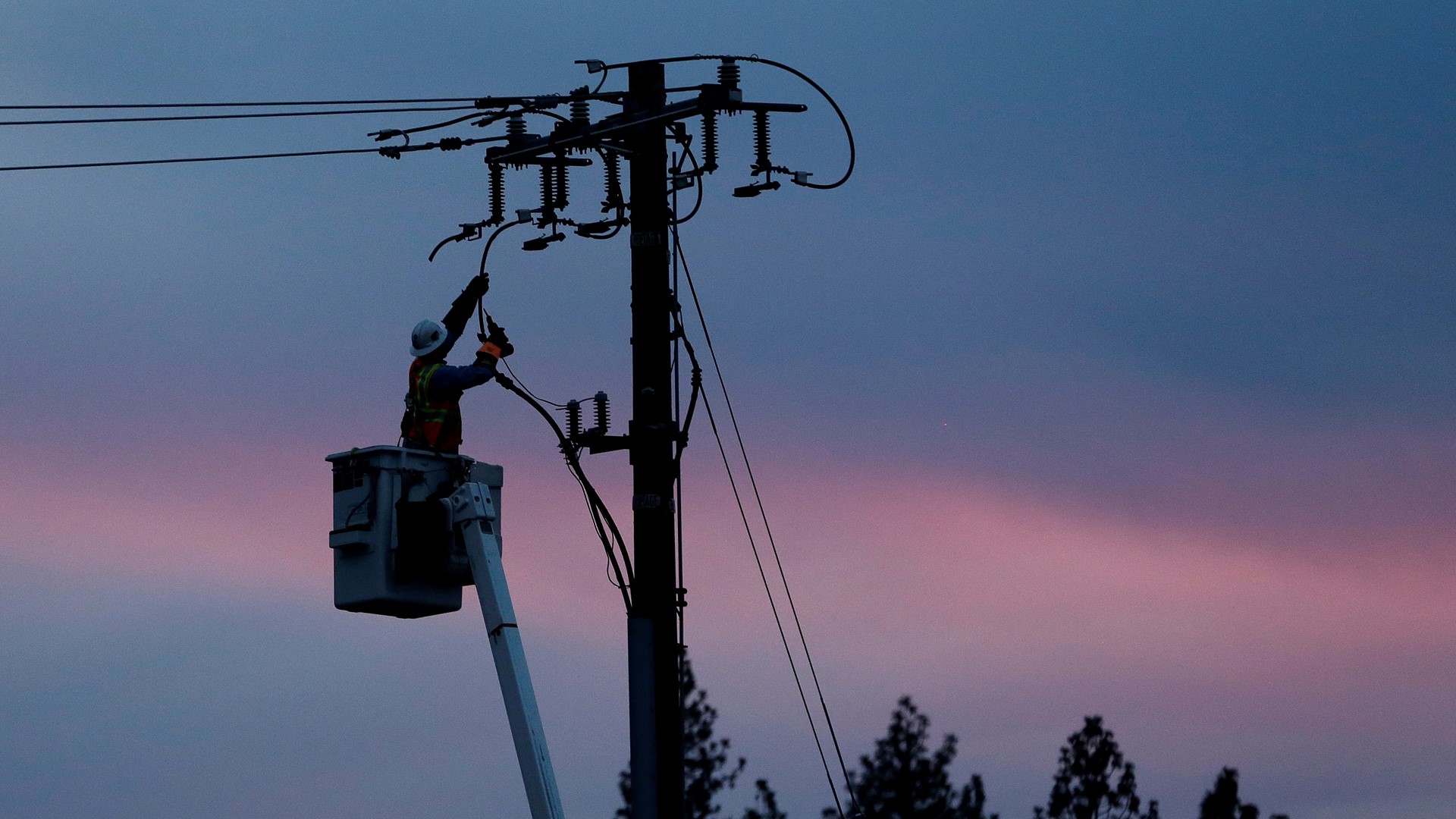SACRAMENTO, California —
Most people think of buying a backup generator to prepare for when a storm knocks out the power. But California residents may need to start doing the same for when Pacific Gas & Electric cuts off power to help prevent wildfires.
The utility company cut power to nearly 27,000 in five northern California on June 8, including Butte County where last year's Camp Fire sparked as a result of PG&E equipment. The shutoff only lasted one day, but with California's wildfire season being as long and dangerous as it is, and with PG&E being blamed for the state's most deadly and destructive one, week-long power outages could become routine.
Here is a quick guide on backup generators so that you don’t have to go without electricity for when that time comes during the summer season.
- Portable generators offer the best value for your buck, according to Consumer Reports. They range from $700 to $2,800. One of the perks is that you can connect it to your breaker panel, but Consumer Reports writes that it cost as much money to make that connection as the generator itself.
- A mid-sized inverter can run up to $1,700 and can keep the fridge and lights running from eight to 18 hours while using two to three gallons of gasoline. The problem with this type of unit is that it would not be able to operate heating and cooling equipment because it only powers 110-volt items with a two-three prong plug, according to Consumer Reports.
- The cheapest model is a recreational inverter that runs between $400 to $1,000. The recreational inverter is also much lighter at around 60 pounds. That makes it easier to store and transport, but it won’t power anything beyond a fridge, some lights and a phone charger, according to Consumer Reports.
READ MORE:
Consumer Reports writes that you should not run a portable generator indoors or in an enclosed space, which includes a basement or a garage because those spaces will capture dangerous levels of carbon monoxide. Inverter generators do not produce as much emission, but Consumer Reports advises taking the same level of precaution as you would with a portable generator.
Consumer Reports recommends hiring a licensed electrician to install a transfer switch, which can range from $500 to $900. The transfer switch connects the generator to a circuit panel through a cable. Skipping this step could put utility workers in danger, damage appliances and the generator, according to Consumer Reports.
FEMA will reimburse damaged generators purchased prior to a president declaring a state of emergency. FEMA will also reimburse people who bought a generator that is used for medical equipment.
Generators can be purchased through local hardware stores such as the following: Lowes, True Value, Ace Hardware and Home Depot.

